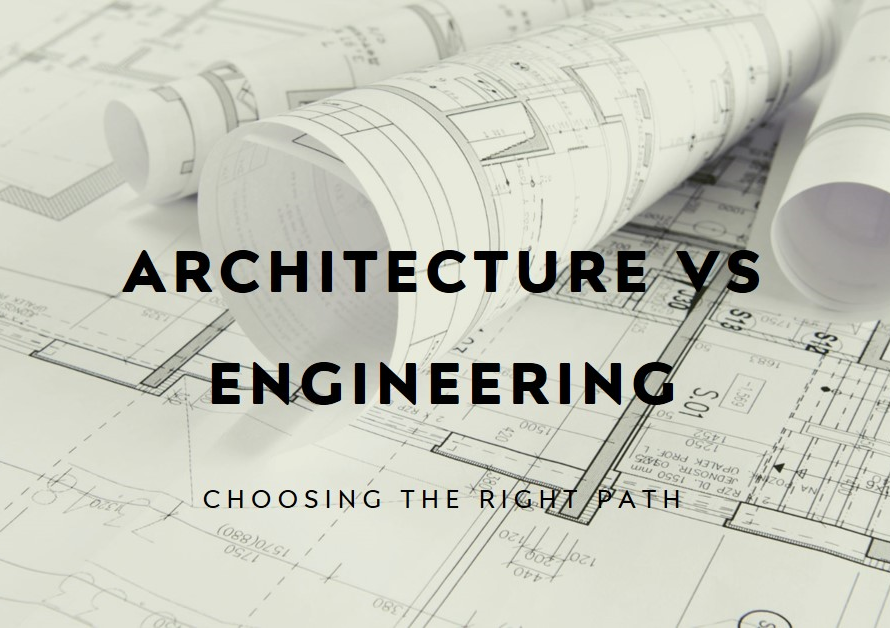
Table of Contents
- Why Access Doors Are Important
- The Evolution of Style (From Utility to Design Element)
- Practical Applications (Where and How)
- Choosing Access Doors
- Conclusion
The desire for modern architectural design often conflicts with the need for accessible utilities. Poorly placed access panels can disrupt the clean lines of minimalist spaces and open kitchens. However, these access points are essential for maintaining plumbing, electrical, and HVAC systems.
Modern design strives for aesthetics and functionality, but integrating access doors that preserve visual appeal is challenging. Good thing, with careful planning, these doors can be functional and stylish, blending seamlessly into contemporary designs while enhancing usability.
Why Access Doors Are Important
Modern buildings are complex systems beyond walls and ceilings; they include plumbing, electrical, and HVAC systems requiring regular maintenance and repairs. This is where general-purpose access doors become essential.
Behind walls and ceilings, pipes and wires can fail over time. For example, a small leak may need immediate access for repair; an access door allows for quick fixes without extensive wall damage.
Common access points include:
- Plumbing: For pipes and valves.
- Electrical: For wiring and circuit breakers.
- HVAC: For ducts and filters.
- Data: For cable runs.
Building codes often require accessible points for inspections and maintenance to ensure safety. Neglecting access can lead to expensive issues like water damage, mold, and structural harm.
Regular maintenance and planned access points, such as behind bathtubs or utility rooms, can prevent major problems. Access doors are practical investments that enhance a building’s practicality and longevity.
The Evolution of Style (From Utility to Design Element)
Access doors were initially designed for practicality rather than aesthetics, often featuring plain styles in older industrial buildings. Today, architects recognize that functionality and design can coexist.
Historically, access doors were utilitarian. However, modern architectural trends like minimalism emphasize clean lines and open spaces, leading to a fresh perspective on access doors as design elements.
Material options include:
- Metal: Powder-coated finishes in custom colors or brushed stainless steel for a modern look.
- Plastic/Composite: HDPE panels for strength for seamless surfaces or fiberglass-reinforced plastic (FRP).
- Drywall Inlays: These can be integrated to blend with surrounding drywall.
Practical Applications (Where and How)
General-purpose access doors are valuable for homes and businesses, enhancing functionality and aesthetics.
Residential Applications
- Bathrooms: Installing access doors behind bathtubs or plumbing lines allows easy repairs without damaging tiles.
- Kitchens: Hidden access doors in cabinets provide maintenance access to plumbing and wiring while keeping the kitchen visually appealing.
- Living Spaces: Flush-mounted access panels let you reach HVAC or entertainment wiring without detracting from room design.
- Basements and Utility Rooms: Durable metal doors offer easy access to equipment like water heaters and furnaces, improving efficiency in tight spaces.
Commercial Applications
- Offices: Integrated access panels keep the workspace clean while allowing easy access to electrical and data lines as layouts change.
- Retail Spaces: Hidden access doors blend into the environment, offering easy access to HVAC systems without disrupting design.
- Healthcare Facilities: Access doors with secure locks ensure reliable access to medical gas lines while maintaining cleanliness.
- Industrial Spaces: Heavy-duty metal doors provide reliable machinery and electrical systems access.
Installation Considerations
- Framing: Precision in measuring and cutting is crucial to avoid gaps and costly repairs.
- Clearance: Ensure enough space for doors to open fully, improving accessibility and functionality.
- Security: Choose appropriate locking mechanisms based on security needs, such as simple latches for general access and keyed locks for sensitive areas.
DIY vs. Professional Installation
DIY can save money for simple tasks, but licensed professionals are best suited for complex jobs that involve plumbing, electrical systems, or structural modifications. While installing a basic access panel might be within reach for a confident homeowner, more technical work requires the expertise, tools, and knowledge only trained professionals can provide. This helps ensure safety, compliance with building codes, and long-term reliability.
Choosing Access Doors
Selecting the right access doors is important for balancing function and modern design. Here’s what to consider:
What to Look For:
- Size and Dimensions: Choose the appropriate door size based on its purpose: larger doors for HVAC access or smaller ones for electrical access.
- Material and Finish: Choose powder-coated aluminum or steel for a sleek look or brushed stainless steel for an industrial vibe. Ensure the materials are rust-resistant.
- Latch and Locking Options: Depending on security needs, select snap latches for general use and keyed locks for sensitive areas.
- Fire Rating: Verify compliance with fire safety regulations in commercial buildings.
Design Ideas
- Minimalist Design: Use flush-mounted panels that match the surrounding walls.
- Industrial Design: Incorporate perforated metal with darker finishes for an edgy look.
- Modern Commercial Design: Choose smooth metal panels that coordinate with other fixtures.
- Matching Architectural Features: Align access doors with existing materials for a cohesive appearance.
Maintenance
- Cleaning: Use soap and a soft cloth to clean stainless steel and powder-coated surfaces; wash plastic with soap and water.
- Preventing Corrosion: Ensure airflow to avoid moisture buildup; use protective coatings in humid areas.
Useful Tips
- Plan During Design: Consider placement for aesthetic and maintenance needs.
- Ask for Help: Consult with architects and contractors about reliable manufacturers and check product warranties.
Conclusion
Modern architectural design highlights the practicality and style of general-purpose access doors. Combining accessibility with aesthetic appeal, these doors enhance various styles and inspire creativity in materials and placement. They demonstrate the harmony between functionality and beauty, showing that practical elements can enrich a space’s appeal.



